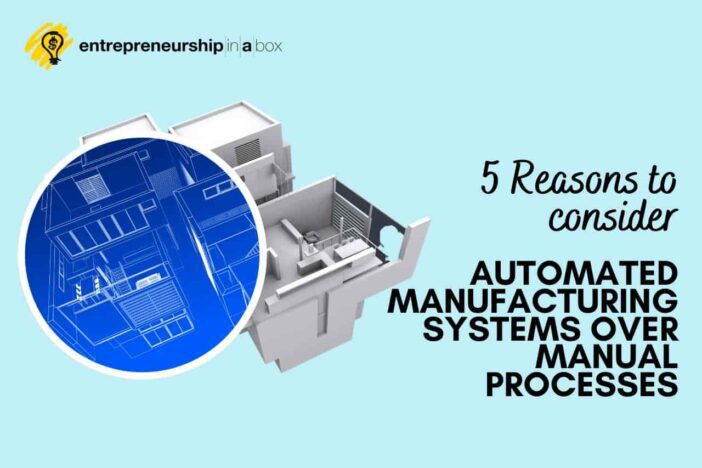Businesses have started considering diverse sustainability models to scale beyond the lingering threats of a global pandemic. Despite industries resuming manufacturing and other relevant processes, the inclination towards social distancing has ensured the global adoption of automated systems.
Although automation is a decisive futuristic approach, there are several reasons for this quick and motivated consideration, especially when diverse industry verticals are finding a worthy replacement of manual labor.
In this write-up, experts at RNA automation highlight a few reasons why automation is increasingly becoming a key component in today’s business operations.
Streamlined Operations
Bespoke automated systems are flexible and in sync with diverse organizational operations. Be it handling the processing or talking product assembly by the scruff of the neck, several operations need restructuring post lockdown. Automated systems are capable of accomplishing perfection as they are adaptable to industrial requirements and programmed towards achieving perfection and maximum throughput.
Enhanced Quality
Custom equipment is a great choice when it comes to amplifying the product quality. Unlike manual systems that are always plagued by precision errors, customized solutions and appliances are programmed to achieve certain product quality. Therefore, every stage is precisely calibrated based on the values, initially fed into the system. Manufacturing the highest quality product is often intimidating but with automated systems in play, it is easier to achieve perfection with minimal hassles.
The best possible solutions include the ones synonymous with vision inspection where automated systems make it easier to test product and service quality, via OCE, batch sorting, and quickest possible quality assessments.
Minimized Downtime
Besides manufacturing, organizations also need to worry about fulfillment and deliveries. In the post-covid19 era, manual labor isn’t the most dependable choice, courtesy of the norms and regulations on the workforce. Therefore, this is the perfect time to consider automated systems that can speed up manufacturing, testing, and formatting. The likes of conveyors, hopper systems, and diverse feeders are great selections, provided companies are looking to speed up the manufacturing to match client expectations.
Error-Free Processing
Adopting automated systems isn’t just a choice in the absence of a manual workforce but an absolute compulsion when certain processes like rapid prototyping, graphic modeling, integrated fabrication, precise and accurate geometry are concerned. Most automated systems involve PLC controllers that are easy to teach and train, unlike manual systems.
Amplified Employee Productivity
Automation should never be considered as a complete replacement for the manual workforce. Instead, automated systems, in the modern era, are designed to work in the supervision of restricted manual labor; thereby improving overall employee productivity. For instance, specific assembly machines help enhance the quality of manual labor but supplement intelligence with accuracy; thereby speeding up production.
Automated Systems: Supplemental Choice or the Only Way Forward!
For now, we wouldn’t recommend replacing the entire workforce with automated systems as actionable intelligence is necessary to utilize the potential of these machines. Therefore, the best way forward for most manufacturing units is to strategically infuse automation in select arenas like batch testing, quality analysis, and assembly for paving the way for large-scale adoptions, in the near future.





